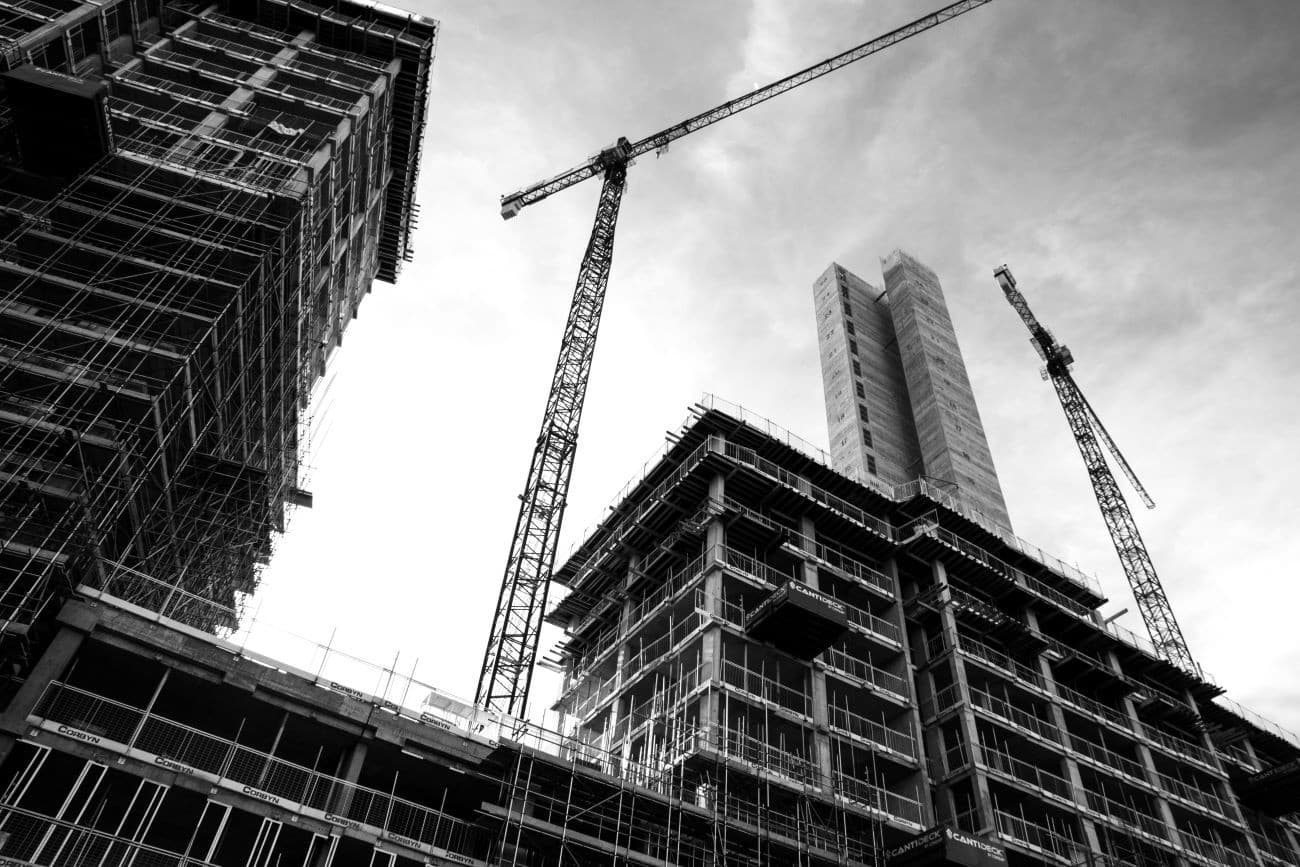If you manage or are involved in the construction or renovation of buildings, you must be certain whether it falls under the classification of a ‘Higher-Risk Building’ (HRB) or not. This classification can be challenging, and later discovering that your project is an HRB can have significant impacts.
Definition
Higher-risk buildings are generally defined as those at least 18 meters tall or with seven or more storeys and falling into specific categories, such as buildings with at least two residential units, hospitals, or care homes. However, this definition is just the beginning.
Classification
The classification of HRBs involves several detailed regulations, and it’s not always as clear-cut as it might seem. For instance, a building physically connected to an HRB may also be considered an HRB, even if it does not meet the height or storey criteria. This can complicate matters significantly.
Misclassification
Misclassifying a building as a non-HRB when it actually is an HRB can lead to substantial delays and complications. HRBs have a specific process and regulations that must be followed to gain approval via the Building Safety Regulator (BSR). Gateways are used to act as checkpoints in the approval process. If your project skips a gateway, it will face significant roadblocks or even face criminal prosecution.
Before you submit your application to building control, it is essential to seek detailed advice to determine your building’s HRB status accurately. This involves seeking professional guidance from an expert who can consult the complete set of HRB regulations.
For more information about our services click here.


